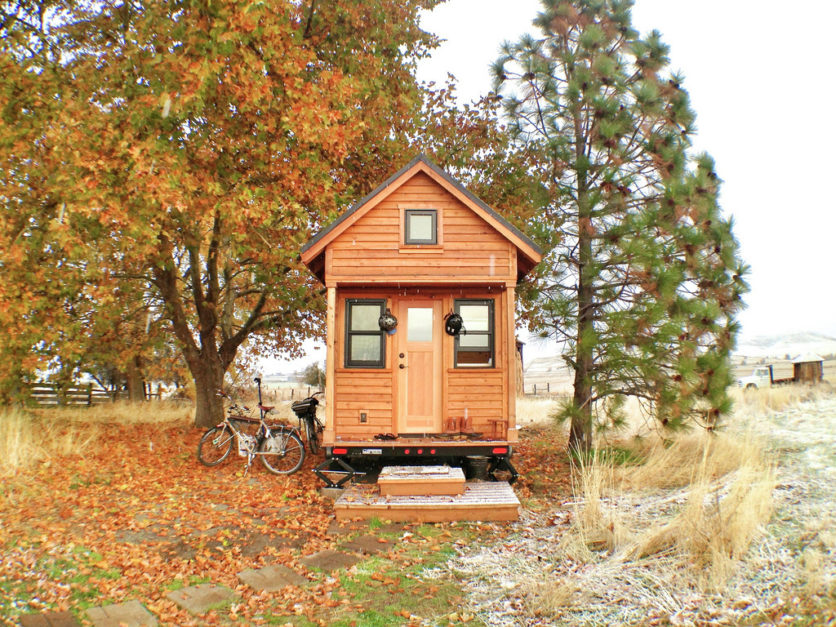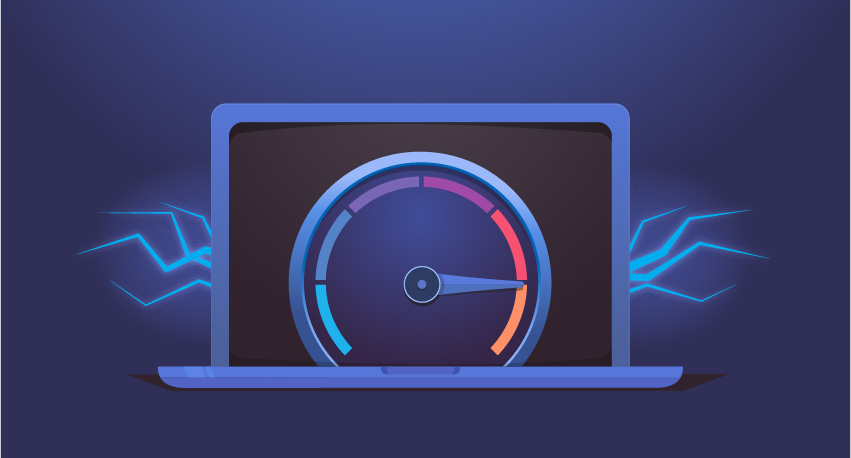The real estate market is a constantly shifting landscape, with new players and trends emerging at every turn. In recent years, the rise of millennial homebuyers has been nothing short of seismic, shaking up the industry with their unique habits and preferences.
Like a gust of wind that suddenly changes the course of a sailboat, millennials have brought their own set of values and expectations to the world of real estate.
From their love of social media and online research to their desire for sustainability and green living, millennial homebuyers are a force to be reckoned with. As more and more millennials enter the market as first-time buyers, it’s clear that the old rules no longer apply.
In this blog, Graana.com explores how the habits of millennial homebuyers are shaping the real estate market in 2023.
Alternative options to traditional home buying
Why aren’t more and more people buying their own homes? The answer is simple – affordability! March Bankrate survey conducted by research firm YouGov stated that nearly three-quarters (74%) of American adults considered owning a house a sign of success. The same is equally true in the Pakistani context where the concept of “Chaat (roof)” is given a lot of importance.
However, due to rising inflation, impending unemployment and surging construction prices, owning a house for people is becoming a distant dream. People are now resorting to alternative options to traditional home buying.

Alternative options to traditional home ownership include renting, co-living, tiny homes, and house hacking. Renting provides flexibility and the ability to move more easily, while co-living involves sharing living spaces with others in a communal arrangement.
Moreover, tiny homes are compact living spaces that can be mobile or stationary and offer a minimalist lifestyle. Furthermore, house hacking involves purchasing a property with the intention of renting out a portion of it to offset costs.
These alternatives can provide more affordable or flexible housing options, and may appeal to those seeking a simpler or more community-oriented lifestyle
Increased focus on sustainability and green living
Millennials are increasingly focused on sustainability and green living when it comes to real estate. According to a survey by the National Association of Realtors, 62% of millennials prefer to live in communities within walkable distances. This highlights the shift in focus on communal living and an added focus on health and access.

Moreover, a report by the U.S. Green Building Council found that millennials are the driving force behind the demand for sustainable and energy-efficient buildings. These statistics show that the millennial generation is increasingly focusing on sustainable means of living.
This new code of life is infiltrating any decision they are making, including real estate. Hence, the developers of real estate should cater to this pressing and emerging need to incorporate green living into their design and development of real estate projects.
Innovative architecture with a work-from-home option
The COVID-19 pandemic has altered the course of history. Like the uprooted plant that is potted in another place, people can no longer go back to the previous way of life. The work-from-home option has opened pandora’s box of opportunities and challenges. Millennials are at the forefront of this change, especially because they have the willingness and ability to invest in real estate.

With many millennials preferring to work from home, the demand for homes that accommodate this lifestyle has increased. Architects and real estate developers are now designing homes that provide a separate workspace, quiet areas for video calls, and access to high-speed internet.
This contemporary architecture is not only meeting the needs of millennials but is also attracting other remote workers who value a comfortable, flexible and efficient workspace in their homes.
As a result, the trend of innovative architecture with work-from-home options is expected to continue to grow in the coming years as more and more people shift to remote work.
Technologically driven facilities
Technologically driver facilities are designed to enhance the living experience by providing modern amenities that cater to the evolving needs of millennials. For instance, smart home technology, such as automated lighting and temperature control, is becoming a must-have feature for many millennials.
Similarly, high-speed internet connectivity and access to mobile charging points are also highly valued. With the digital revolution, this has become a need for both private and work life.

Furthermore, co-living spaces and shared amenities such as gyms and coworking areas are becoming increasingly popular as millennials seek to live in communities that foster social interaction and networking.
In a nutshell, as the preferences of millennials continue to shape the real estate industry, it is becoming more crucial for developers to integrate technology-driven facilities into their properties to attract and retain tenants and alter patterns considering their habits.




